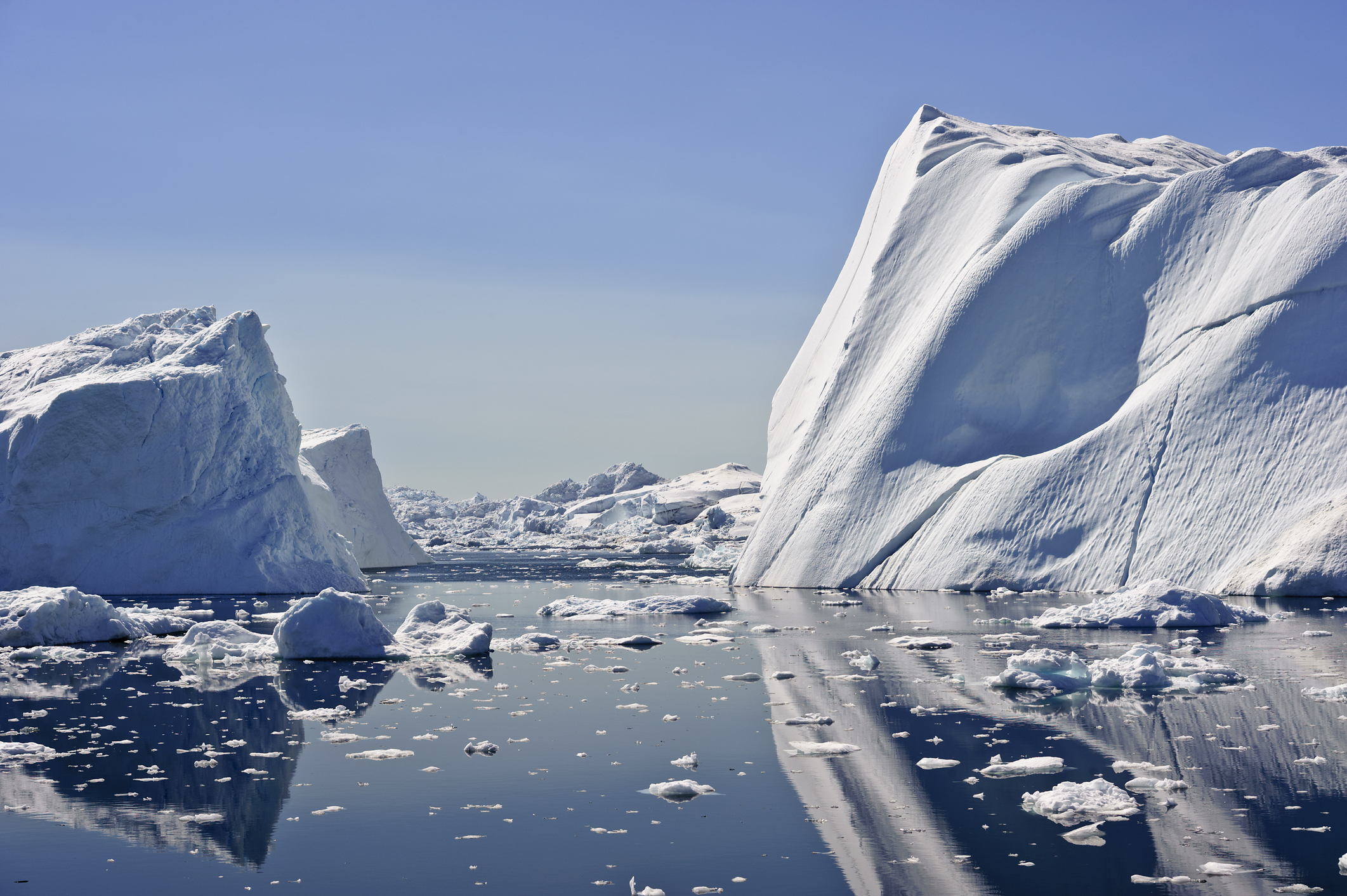In Greenland’s hunt for oil, all’s quiet on the west coast

Despite attracting considerable attention initially, three on-shore drilling areas on Greenland’s western coast have turned out to be something of a bust. The Dec. 15 deadline to submit a bid for a 10-year permit to explore for oil on Disko Island and on the adjacent Nuussuaq Peninsula came and went without a single offer.
This was the second time Greenland was offering onshore exploration licenses. The first area, in Jameson Land, on the northeastern coast, was opened in 2014. Other onshore drilling projects are also taking place in Alaska, Canada and Siberia, and these areas were seen as being in competition with the Greenlandic sites.
The lack of a bid comes despite the clear presence of oil in the area: in several places oil can be seen seeping from bedrock. The only exploration well to be drilled in any of the three license areas, a 3,300-meter (about 10,800-foot) well on Nuussuaq Peninsula drilled by greenArctic, a Canadian firm, in 1996, failed to find evidence of oil, however.
Also playing a role may have been the continued weakness in the price of oil. Today, the price of oil is around $60 a barrel. But, when the bidding round opened in September it was still hovering around $50 a barrel. Even so, Self-Rule Authority officials said they had been pleased with the number of people and the diversity of firms that turned up at meetings held earlier this year in London and Calgary to pitch the area.
The lack of interest in exploring for oil on Greenland’s western coast is not limited to this latest licensing round. On Dec. 31, all nine of the current offshore licenses to explore for oil and gas in Baffin Bay, near Disko Island and in the waters off Nuuk, are set to expire, and it is looking increasingly unlikely the firms holding them will move to renew them.
Part of the reason for not wanting to do so is that an extension typically obliges the license-holder to carry out drilling activity, which costs in the neighborhood of $1 billion per well.
Early-stage exploration continues at seven on- and offshore sites in eastern Greenland, and good progress collecting seismic data is reported to have been made at these sites.
The west, however, has been at something of a standstill in recent years. Between 1976 and 2011, a total of 14 exploration wells were drilled in the waters off Greenland’s western coast. In 2011 alone, five were drilled. Since then, there has been no drilling.
This reality stands in sharp contrast to the expectations laid out by the Self-Rule Authority in its current oil and minerals exploration strategy. Released in 2014, the strategy assumed that between 2014 and 2018, Greenland would see one or two new offshore drilling projects every other year.
Work drawing up the next strategy is set to begin in early 2017, according to Múte Egede Borup, the mining minister. Although he says it is too early to discuss specific changes to the strategy, he expects that it will reflect the “current market situation.”
This article was originally published in Sermitsiaq, a Greenlandic newspaper that is owned by this The Arctic Journal’s parent company.